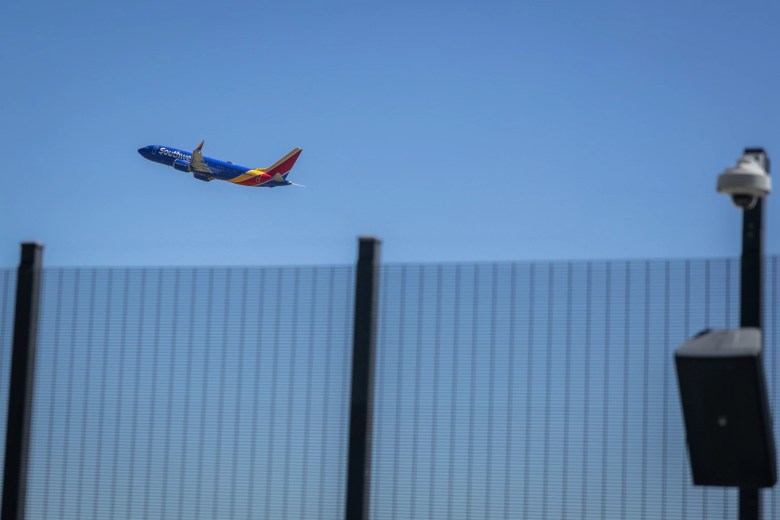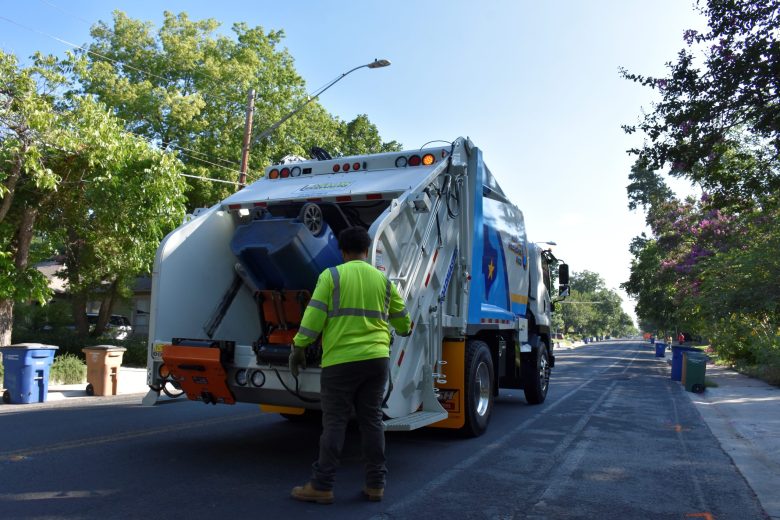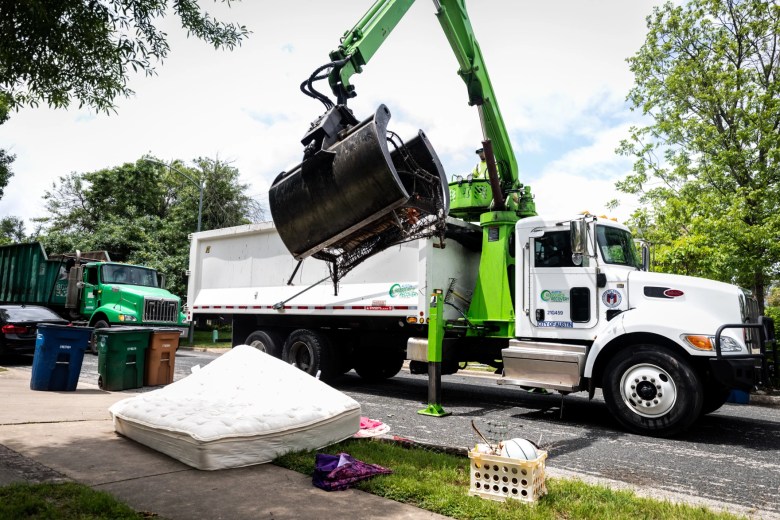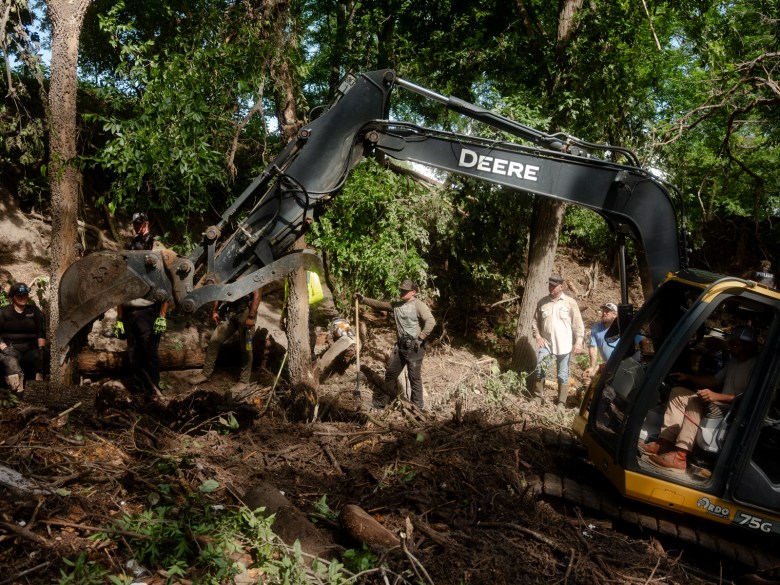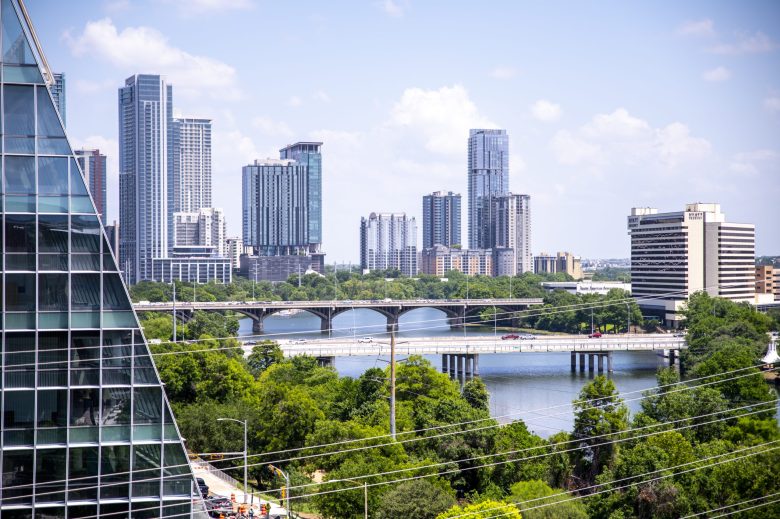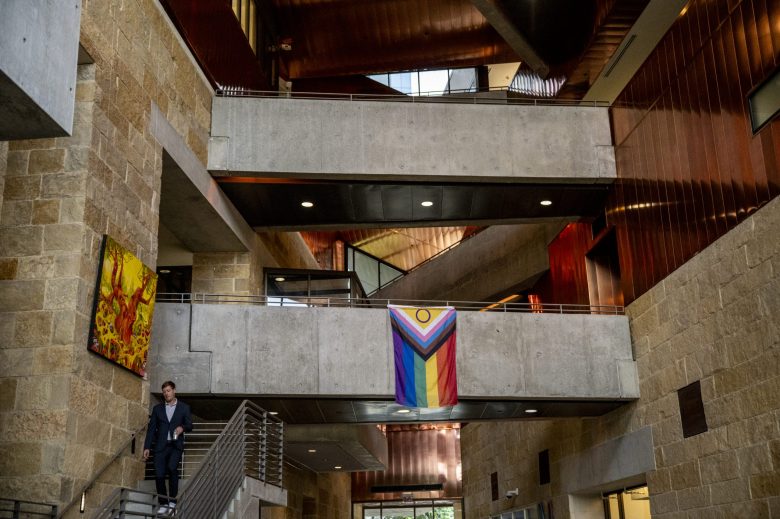A proposal to raise Austin’s airspace to the same standard as that around the country’s major airports is being denied by the Federal Aviation Administration.
Class B airspace is more strictly regulated to lower the risk of airborne crashes than Austin’s Class C airspace. Air traffic controllers have more power and pilots are subject to more stringent regulations.
Additionally, air traffic controllers in Austin-Bergstrom International Airport’s understaffed control tower would have automatically received a 15% wage increase upon reclassification to Class B.
The FAA and the controllers union set a staffing objective of 60 controllers, but the tower is only using half of that number, which results in a heavier workload and required overtime.
According to Congressman Lloyd Doggett, D-Austin, who has been urging the FAA to improve ABIA’s classification since 2023, the agency rejected Austin’s request for Class B designation in June. Inquiries concerning that have not received a response from them.
Additionally, the FAA has not spoken to KUT News. Only that the Class B request is still being reviewed has been stated by an agency spokesman.
Documents obtained by KUT News through the Freedom of Information Act show that as early as November 2023, the FAA’s air traffic manager in Austin, who is in charge of the controllers at ABIA, was gathering evidence to support the need for an airspace upgrade.
However, according to agency rules, ABIA isn’t technically busy enough to move up to Class B. A Class B airport needs to handle at least 300,000 takeoffs and landings annually, even though ABIA satisfies part of the requirements.According to FAA data, ABIA had less than 261,000 in 2024.
Internal emails, however, revealed that other regional FAA employees either supported Austin’s transfer to Class B or thought the move was long overdue. A manager gave guidance on how to present the strongest case to upper management.
According to the internal discussions, Austin already surpasses several Class B benchmarks and is on the verge of surpassing others, such the annual amount of passengers arriving at ABIA. According to an FAA official, international flights have surpassed the existing Class C airspace and the skies around Austin are now more congested due to the increased number of aircraft.
ABIA is expected to get busier in the upcoming years, even though 2025 passenger numbers have decreased by a few percentage points from post-pandemic highs.
The city-owned airport plans to create a $1 billion concourse in the early 2030s and extend the Barbara Jordan Terminal.
According to a KUT News review of FAA data, several current Class B airports handle significantly less traffic than ABIA.
Memphis, Tennessee; Tampa, Florida; St. Louis; Cincinnati; Pittsburgh; Kansas City, Missouri; and New Orleans are among the eight Class B airports with fewer flights than Austin. In 2024, Cleveland’s takeoffs and landings were less than half of ABIA’s.
Michael McCormick, a former FAA vice president of air traffic operations and current professor at Embry-Riddle Aeronautical University, stated that because they were busy hub airports, they were initially classified as Class B airports. These airports are no longer as busy because airlines shut down hubs there as they consolidated.
According to its own regulations, the FAA is required to investigate whether airports that have failed to meet traffic targets for five years and are not anticipated to do so for another five years should have their Class B designation withdrawn.
McCormick stated, “I’ve never seen (Class B status) taken away.”
According to the FAA’s rating system, ABIA would have gone from being a Level 9 facility to a Level 10 facility with the Class B upgrade. According to pay tables released by the FAA, this would have automatically raised the minimum income for trained controllers from $123,305 to $141,804. Without overtime, the maximum salary would have increased from $166,462 to $191,435. Additionally, trainees’ pay would have increased.
A wage increase would help keep the FAA’s declining number of employees in the tower at ABIA, even though the agency is currently experiencing a shortfall of 3,000 trained air traffic controllers countrywide. The majority of controllers follow a schedule that alternates between morning, afternoon, and midnight shifts over six-day work weeks.
According to Rep. Doggett, at least one Austin controller has departed to work in Australia. To recruit English-speaking controllers abroad, that nation’s government-owned airspace organization is providing relocation help, promises of improved work-life balance, and a route to permanent residency.
Although Austin’s application for Class B status was turned down, the FAA may yet grant the airport another designation. In parallel, the local FAA team has been working on a request to increase the borders of Austin’s Class C airspace. This was completed in Nashville two years ago.
However, more strict regulations prohibiting pilots from entering the area without express authorization from air traffic control would not accompany the upgrade to a so-called Super Charlie status. Additionally, the overworked controllers in the tower would not automatically receive a pay raise.
Controllers would have slightly more airspace authority if they were granted an enlarged Class C designation. However, it can take some time.
According to Doggett, (ABIA tower employees) are informed that this will require a minimum of two years following approval. Given the acute lack of air traffic controllers, this is just one more bureaucratic delay at a time when we could really use a larger margin of safety.
You’re a community leader
And we are thrilled that you trust us with important, in-depth news. You are aware that local and committed watchdog reporting is essential to a healthy community. We will always be here to support you. Will you now support our nonprofit news organization and take the bold next step?
